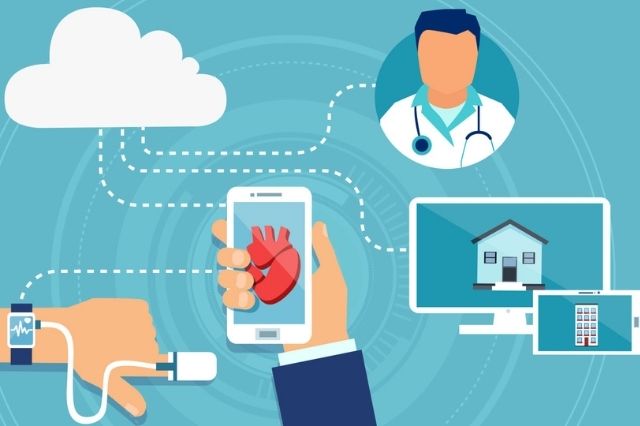Top Advantages of Remote Monitoring of Patients

RPM is a type of healthcare delivery that helps patients, clinicians, guardians, and the health service as a whole by utilizing technological advancements to collect patient data outside of typical healthcare settings. There are several essential benefits to consider, including expanded access to virtual care, more patient-provider contact possibilities, enhanced patient engagement in self-management, and reduced COVID-19 spread and overall total cost of care, as noted below.
Improved Productivity
RPM through practices such as Seer Medical’s ecg-eeg test makes healthcare workflows more efficient. RPM can help with quicker prioritization of healthcare provision, case triage, and improved communication by acquiring, conserving, and exploiting patient information to improve healthcare decision-making. RPM helps in the improvement of performance and the happiness of patients. RPM also assists healthcare practitioners in reducing waiting room congestion by remotely monitoring many patients simultaneously. Simultaneous monitoring helps clinicians accommodate more patients while concentrating on those who require immediate attention.
Increased Revenue Streams for Practice
RPM is beneficial to both patients and clinicians. Healthcare professionals can bill for distant patient contacts like phone calls, hence boosting billable hours. Telemedicine also minimizes patient no-shows and boosts worker productivity. RPM might help providers gain a competitive advantage by recruiting and retaining more patients through new treatment approaches. Clinicians may increase their income streams using CPT codes 99457 and 99458, which reimburse them for time spent on remote care duties, including evaluating patient data. Healthcare practitioners who use devices that interact readily with medical processes, gather large amounts of data, and improve patient health would benefit the most from RPM.
Enhanced Patient Satisfaction and Engagement
Patients must follow their upkeep or treatment plan under RPM since every failure is recorded on the patient’s account. RPM improves patient accountability by informing them that any deviation from their health management program will be reported to their physicians. On the other hand, using RPM will compel physicians to teach their patients how to care for themselves in between virtual clinical visits as part of proactive therapy. Remote monitoring is used to improve results while improving patient engagement as the number of chronic health concerns rises.
Patients have a more active part in their treatment and decision-making when assessing and gathering their vital signs utilizing wearable and other RPM devices. Several health institutions reported a substantial reduction in emergency visits, readmission rates, and inpatient hospitalizations when patients became more involved in their treatment, according to 2018 research. RPM patients follow their treatment and care regimens to the letter, take their medications as recommended, and communicate with their doctors regularly. Patient participation in healthcare improves with remote monitoring, which leads to better health outcomes and happiness.
Access to Care Is Improved, and More Patients Are Reached
Inadequate access to medical care continues to affect the people of the United States, both in rural and urban locations. Transportation issues, regional remoteness, and physician scarcity are all factors that contribute to limited access to healthcare services. As a result, experts believe RPM is the answer to closing the healthcare access divide. With current technology, RPM allows clinicians to contact patients in remote places. Transportation, location, and physician shortages will not hinder delivering high-quality care to patients with RPM. As previously stated, RPM enables monitoring several patients simultaneously, remotely, or outside of the reach of traditional care delivery systems.
Patient No-Shows Are Reduced
Patients forgetting their appointments is the most common reason for no-shows and same-day cancellations of clinic visits. No-shows waste money, eat up valuable staff time, cause spurious access concerns, and, most significantly, negatively influence patient care. Remote and ongoing health monitoring is possible with RPM. The continual collecting of data will allow clinicians to make decisions about their patient’s care without seeing them physically or regularly. As a result, it will improve clinic appearance while lowering no-show appointments, all without affecting the provider’s pay. Patients with severe illnesses who need regular treatment are also at risk of developing problems if they miss sessions. RPM minimizes the need for in-person visits by capturing and distributing patient data to clinicians via linked monitoring devices. Physicians can conduct routine check-ins while responding quickly if RPM readings surpass recognized standard limits.
Conclusion
There are several advantages to remote patient monitoring through tests such as Seer Medical’s ECG-EEG test. In sum, RPM is a clear and consistent gain for patients, caretakers, clinicians, and payers across the sector.





